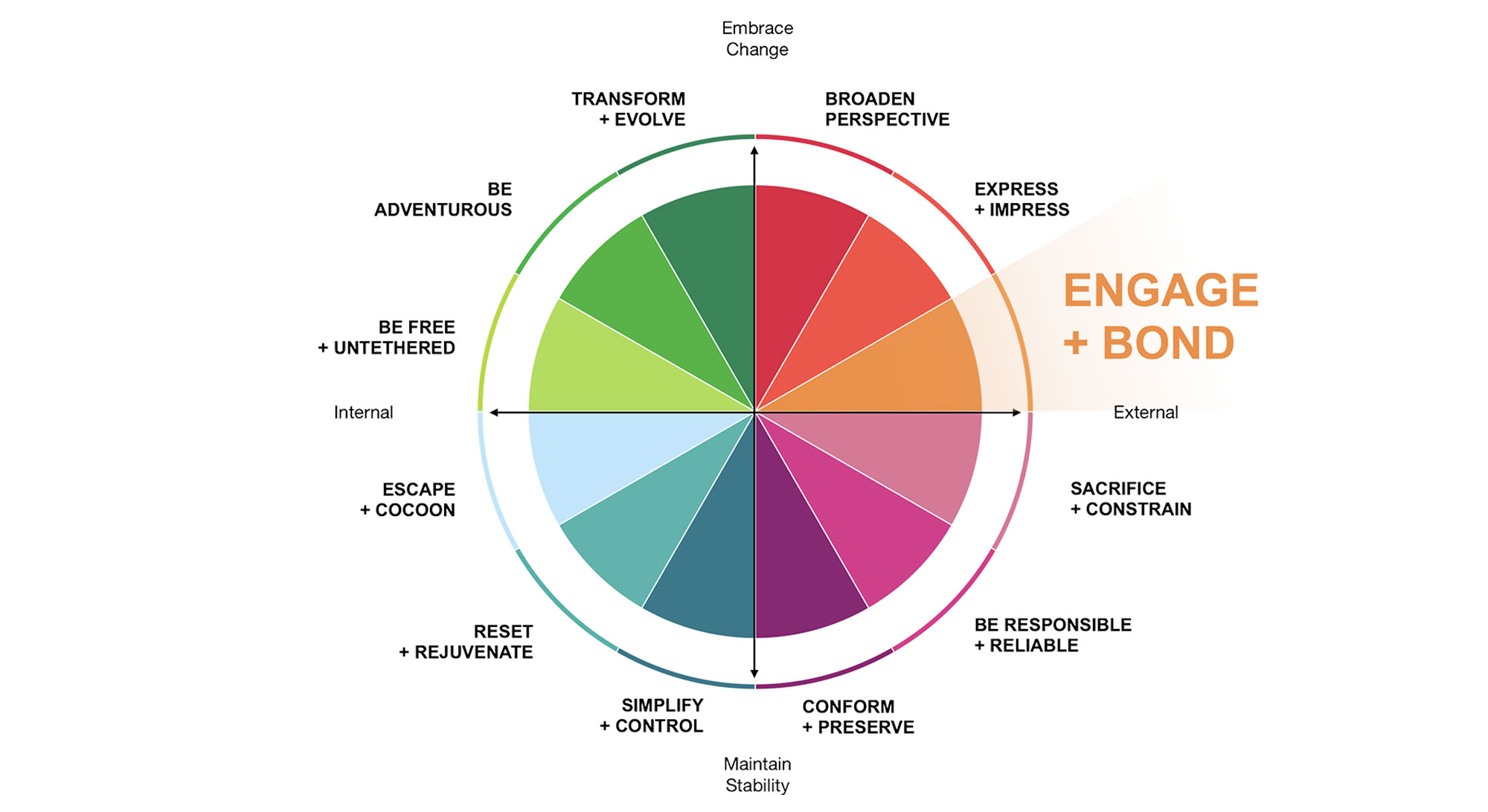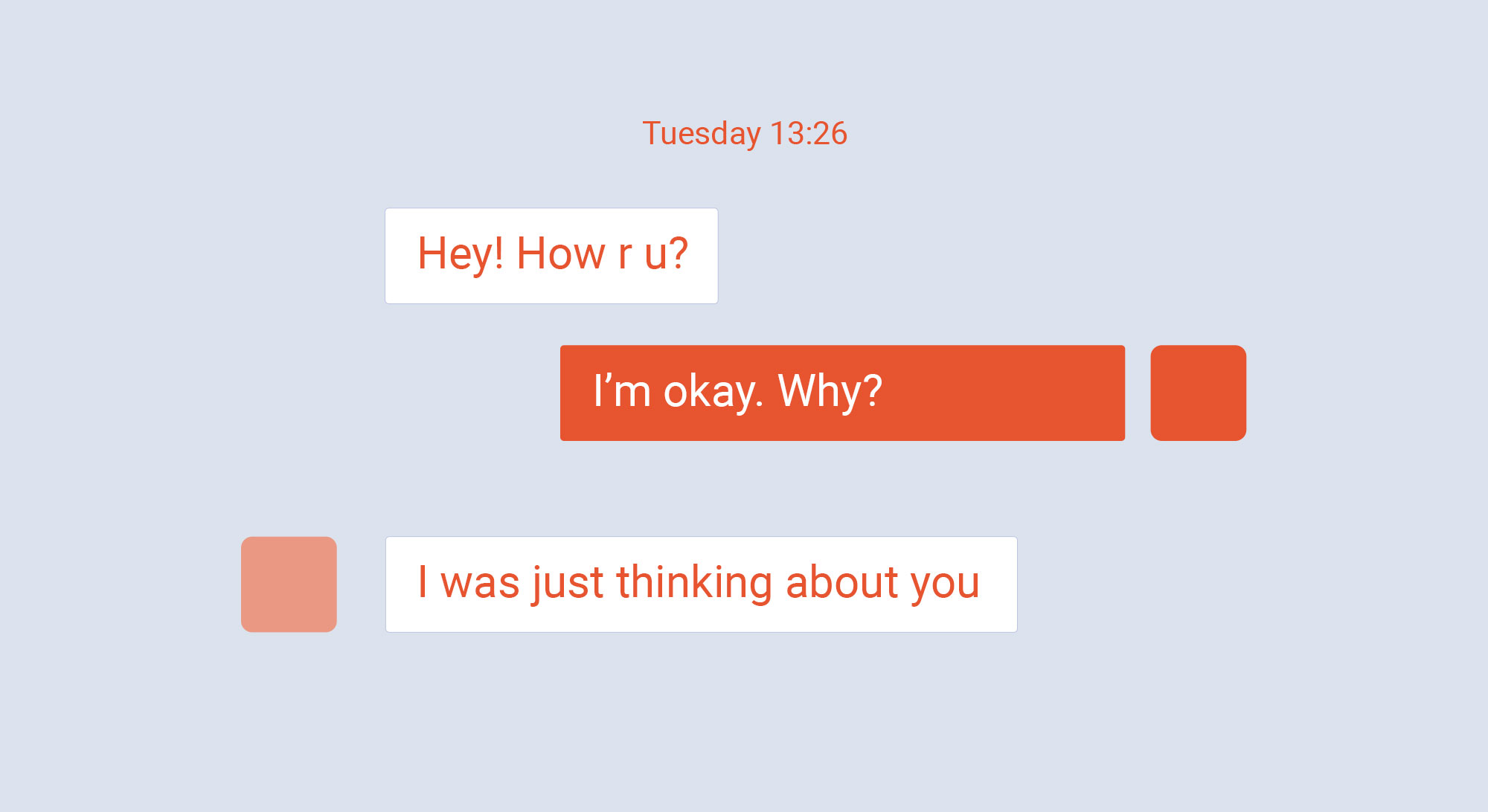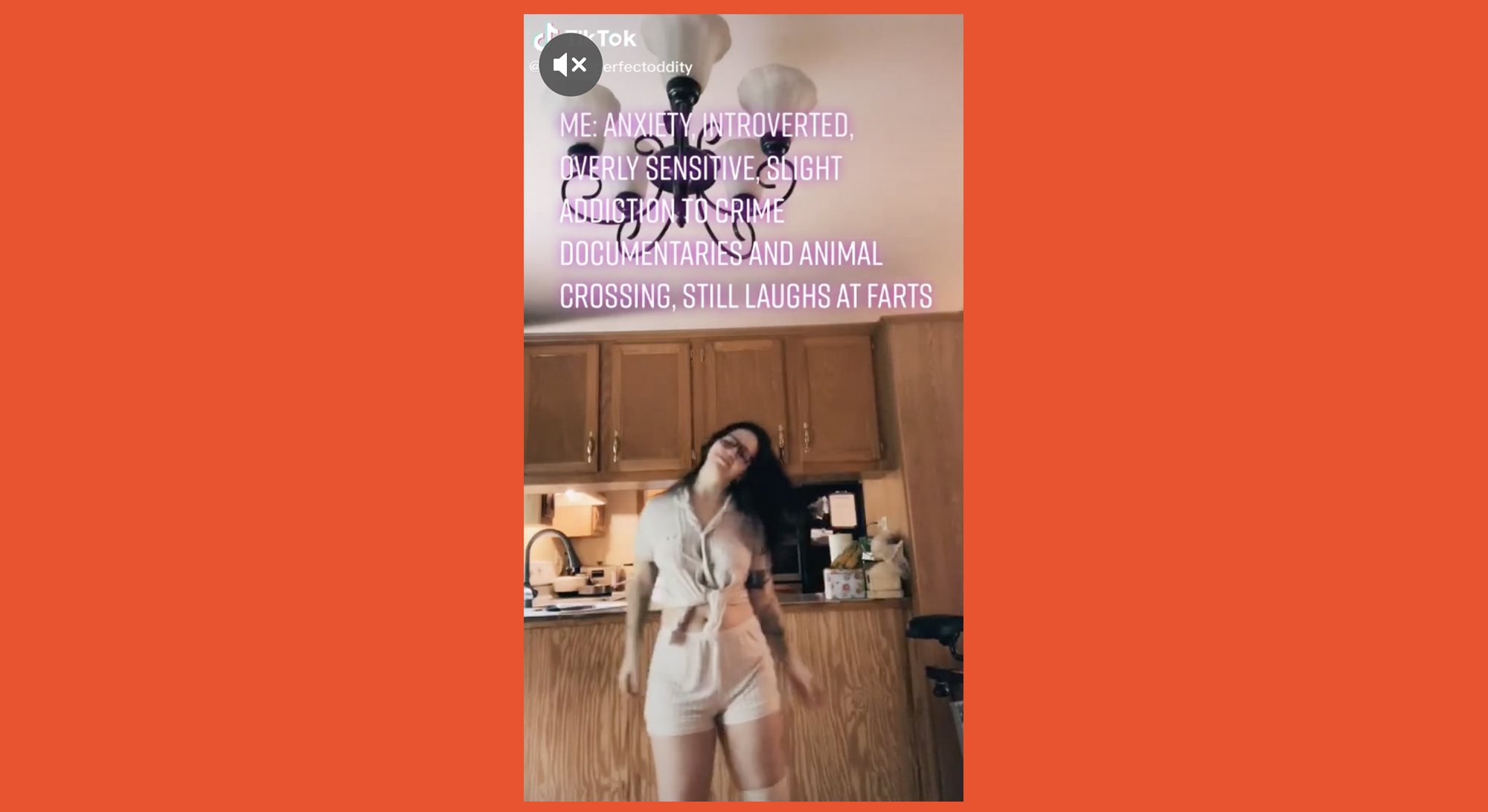At The Sound, we believe that while behaviors may change as a result of our situation, our motivations remain constant. We are no stranger to changing behaviors and have long grounded our research in understanding the motivations that underlie and drive what we do. In fact, foundational research has illuminated 12 motivation “areas” that encompass our unobservable needs, wants, interests, and desires, that energize and direct our behaviors, and can explain the solutions we choose.
During COVID-19, we unsurprisingly witnessed an increased need to Engage & Bond, or connect with each other, and decided to dive into this motivation area more closely.

During this period of social distancing, people are engaging in all sorts of new behaviors in order to feel connected to our friends, family, neighbors and co-workers.
And in addition to connecting with these people in our lives, COVID-19 has also triggered many to rekindle old relationships. We are reaching out to long-lost family and friends and even calling our exes.
It’s also inspired celebrities to live-stream from their living rooms, and average people to create Tik Tok videos by the millions.
But why?
After collecting hundreds of stories from people living in lockdown around the world, The Sound set off to illuminate how behaviors around connection have shifted, including the driving motivations for why people are reaching out, yearning to reconnect, or even share and bond with complete strangers.
Through identifying the reasons for these new behaviors and understanding which feel most meaningful, it’s possible to distinguish between the products and services that are here to stay (because they satisfy a deeper need, want or desire) and the ‘band-aid’ solutions that we’ll rip off as soon as we are ready.
By understanding these shifts, brands will be able to build strategies to ensure they stay relevant and can continue to grow, as mandatory stay-at-home orders begin to lift and our situation changes.
I’m an extrovert and I miss in person… Maybe we’ll continue some (virtual socialization) after COVID-19, but honestly I don’t think so…I plan going out like in my 90s party girl days once the stay home lifts!
– Female, 45
This shift in HOW we are connecting to loved ones is mostly situational
With the rise of the virtual, there’s been a rise in virtual fatigue
When people can’t be physically together, they need ways to feel close and/or to stay connected to their family, friends, coworkers. Thus, we are seeing the rise of Google Hangout Happy Hour, Zoom Dinner, Facetiming with Grandpa, etc. However, these virtual solutions at best feel like a cheap substitute and at worst, can be incredibly mentally draining because we have to work harder to process non verbal cues (Zoom fatigue is real!). Thus, most cannot wait to get back to socializing IRL, and it is likely that these virtual communication platforms will experience a sharp decrease in usage when the caged door swings open.
Virtual activities are the exception. Doing an activity together offers natural pauses in the conversation and provides a focus for the interaction, causing less fatigue. Watching movies via Netflix Party with relatives that live hundreds of miles away, playing JackBox while drinking with college friends, or having daily Scrabble app battles with Mom are all a lot more engaging than simply watching each other speak. It’s no surprise that Microsoft saw a 50% increase in multiplayer gaming during lockdown. Because these activities make it easier to maintain long-distance relationships by making virtual socializing more fun, it is likely they will continue in a post COVID-19 world.
I’ve been watching Netflix party with my parents. We used to have a movie night when I was a kid, and it reminds me of that. Considering they live in another country, I can see us doing it again after COVID-19…it’s nice to find an activity we can do together virtually, so I can feel like I’m spending time with them.
– Female, 30

This shift in WHO we are connecting with is rooted in a deeper motivation for stability
There’s been a simultaneous narrowing and widening of social circles
On one hand, because virtual socializing is so exhausting, we have become more intentional about who we are maintaining our relationship with, deepening the connections we truly care about, while cutting loose the ones that are perhaps not worth the ‘work.’ Many are saying no to group zooms with all their different friends’ circles and instead focusing on checking in with the individuals whose friendship they really value.
At the same time, we are increasing our social network through reaching out to old friends (particularly college friends) and exes. These are people who we were once very close to, who really know us and cared deeply for us. Rekindling that closeness gives us a sense of security and stability, contrasting the uncertainty many are feeling during these seemingly apocalyptic times.
Moving forward in a post-COVID-19 world with an uncertain economy and increased health risks, it is likely that we will continue to deepen the relationships that provide comfort while feeling less pressure to maintain the ones that are not serving up.
I’ve been making the effort to reach out to old friends and restart those relationships. I plan to keep this going!
– Male, 65
When the serious nature of COVID-19 really hit full force, it made me quickly realize the people I wanted to reach out to and make sure they were doing okay – which showed me the people I in turn really want to keep in my life. It also showed me the people I have drifted from, or are not as close to right now, and would like to be closer with.
– Female, 32

This shift in WHAT type of content we are connecting over is rooted in a deeper motivation for vulnerability
There’s less small talk, more real talk.
We are going through a collective trauma, and we are all in it together. People are experiencing a desire to be authentic and vulnerable with each other vs engaging in superficial conversations. IRL, we are opening up to the people in our daily lives – from neighbors to cashiers – really meaning it when we ask “how are you?.” We are also having more real conversations with our loved ones, forming new habits of longer family dinners or ‘no phone’ family dinners to really listen to each other.
I am finding that I am being more open with my feelings and expressing them more readily.
– Female, 27
The shift towards vulnerability has also extended to our social networks. The huge increase in TikTok usage reflects a desire for the real and raw. We want to see people doing silly dances in their pajamas in the bedroom and sharing exercise routines and cooking tips in sweat pants vs perfectly edited, manicured Influencer content on Instagram that screams unattainable perfection. Through this shared vulnerability, we feel we can connect and even bond with complete strangers. We root for them, cheer them on, encourage them to keep creating.

What brands need to consider as the world opens up
While some of these new behaviors around connection are purely situational and less satisfying, some speak to deeper motivations for stability and vulnerability and are reflective of a value shift towards more meaningful connection.
If home entertainment brands looking to satisfy on connection want to last for the long term, anchoring to this deeper value shift can help them maintain a longer shelf life, beyond the ‘band aid’ solution. In fact, doing so can help them avoid the pitfall of innovating for the sake of innovating–and even leap frog the competition that may be launching virtual features because, well, everyone else is.
To win during the big pause, brands need to ask themselves…
How can we learn from virtual burnout and instead create opportunities for interactivity and meaningful engagement that takes the pressure off?
For example, Airbnb offers virtual experiences with hosts around the world, so you can learn a new skill or tour an interesting place with your friends/family or with strangers. (This weekend, my Dad and I are meeting virtually to learn how to cook seafood paella ‘in Spain’).
And Houseparty offers games such as trivia and Heads Up, easily built into the interface of the app, to make virtual hangouts more fun.
What can we do to encourage vulnerability with each other to help people feel connected and part of a larger community?
For example, Peloton’s strong social features have led to a dedicated community of ‘tribes’ who motivate each other.
And on TikTok, people are increasingly sharing stories about trauma, mental health and healing, which encourages others to do the same.
Finding ways to deliver on this deeper value shift towards meaningful connection will ensure you’re ready when the cage doors swing back open!
Want to learn more about connection and what it means for your brand? Give us a shout!
Want to receive our final report on At-Home Entertainment? Subscribe, here.

